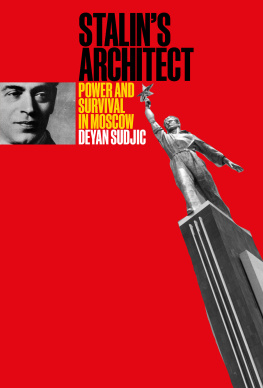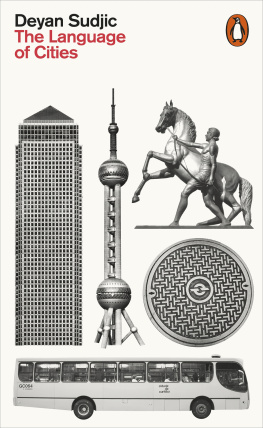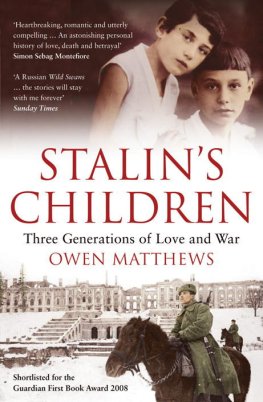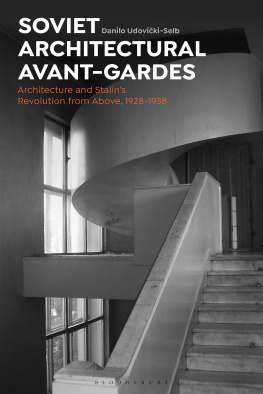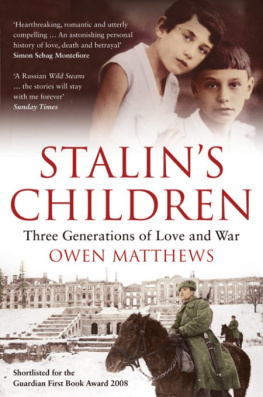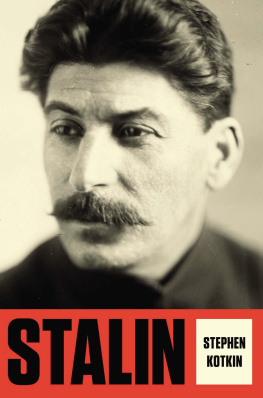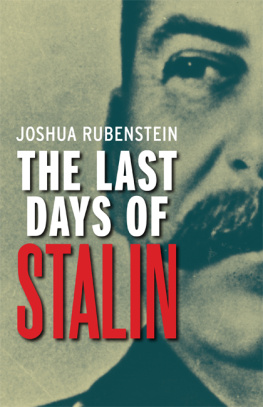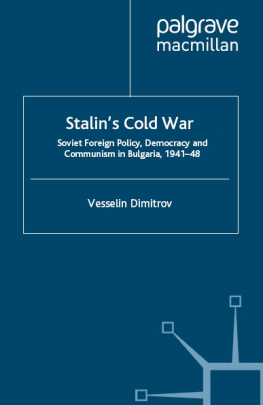Deyan Sudjić - Stalins Architect: Power and Survival in Moscow
Here you can read online Deyan Sudjić - Stalins Architect: Power and Survival in Moscow full text of the book (entire story) in english for free. Download pdf and epub, get meaning, cover and reviews about this ebook. City: Cambridge, year: 2022, publisher: The MIT Press, genre: Non-fiction / History. Description of the work, (preface) as well as reviews are available. Best literature library LitArk.com created for fans of good reading and offers a wide selection of genres:
Romance novel
Science fiction
Adventure
Detective
Science
History
Home and family
Prose
Art
Politics
Computer
Non-fiction
Religion
Business
Children
Humor
Choose a favorite category and find really read worthwhile books. Enjoy immersion in the world of imagination, feel the emotions of the characters or learn something new for yourself, make an fascinating discovery.
- Book:Stalins Architect: Power and Survival in Moscow
- Author:
- Publisher:The MIT Press
- Genre:
- Year:2022
- City:Cambridge
- Rating:3 / 5
- Favourites:Add to favourites
- Your mark:
Stalins Architect: Power and Survival in Moscow: summary, description and annotation
We offer to read an annotation, description, summary or preface (depends on what the author of the book "Stalins Architect: Power and Survival in Moscow" wrote himself). If you haven't found the necessary information about the book — write in the comments, we will try to find it.
What would an architect do for the chance to build the tallest building in the world? What would he sacrifice to stay alive in the midst of Stalins murderous purges?
This is the first major publication on the remarkable life and career of Boris Iofan (18911976), state architect to Joseph Stalin. Iofans story is an insight into the troubled relationship of all successful architects with power. A gifted designer and a committed Communist, Iofan became the Soviet Unions most celebrated architect after Alexei Rykov, Lenins successor, persuaded him to return to Moscow from Rome with his aristocratic wife, Olga Sasso-Ruffo. Iofan was at the heart of political life in the Soviet Union and his work is key to understanding its official culture.
When Stalins henchmen crushed the architectural avant-garde, it was Iofan who created the new national style, from the grand projects he realizedincluding the House on the Embankment, a megastructure of 505 homes for the Soviet eliteto even more ambitious unbuilt projects, in particular the Palace of the Soviets, a baroque Stalinist dream whose image was reproduced throughout the Soviet Union. His career took him to New York and Paris, and to the destroyed city of Stalingrad. He was a friend of Frank Lloyd Wright; a rival of Le Corbusier, Walter Gropius, and Erich Mendelsohn; and an enemy of Hitlers architect Albert Speer, whose Nazi pavilion faced Iofans Soviet one at the Paris Expo in 1937. He kept silent when Stalin executed his friends, including Rykov; he also sacrificed his own talent by following the dictators instructions to the letter in creating the regimes landmarks.
Generously illustrated, with a wide range of previously unpublished material, this book is an exploration of architecture as an instrument of statecraft. It is an insight into the key moments of 20th-century politics and culture from a unique perspective, and the personal story of a remarkable individual who witnessed many of the most dramatic turning points of modern history.
Deyan Sudjić: author's other books
Who wrote Stalins Architect: Power and Survival in Moscow? Find out the surname, the name of the author of the book and a list of all author's works by series.

